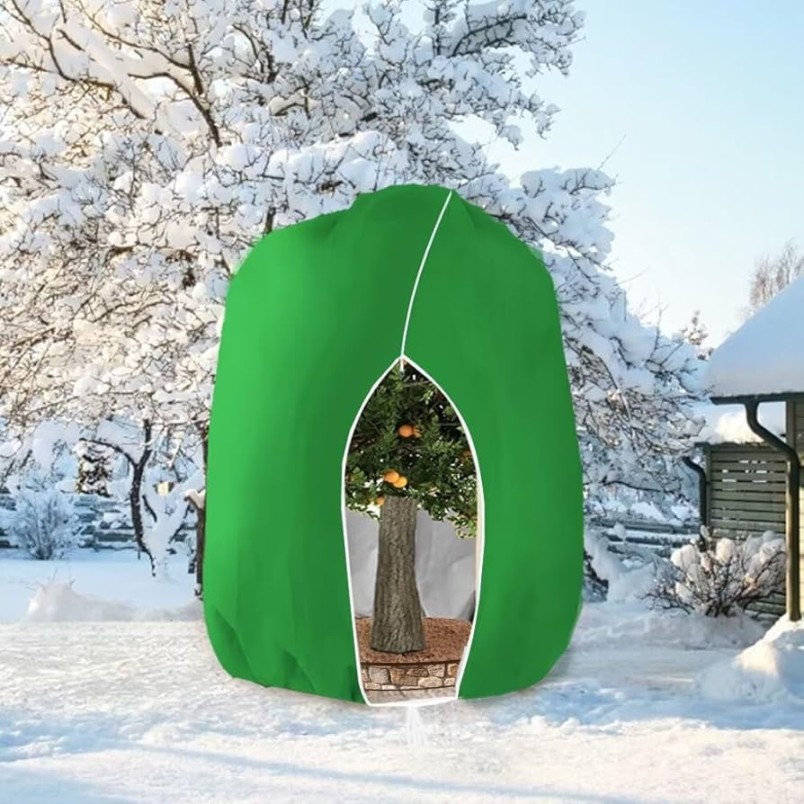Plant Covering for Winter: A Gardener’s Guide
Winter can be a harsh season for plants, especially in colder climates. To protect your garden from the freezing temperatures, snow, and ice, plant covering is an essential gardening practice. By providing a layer of insulation, plant covers can help your plants survive the winter and emerge healthy in the spring.
Plant covering helps to maintain a consistent temperature around your plants, preventing them from freezing. It also protects them from wind damage, which can dry out plants and lead to frostbite. Additionally, plant covers can shield plants from heavy snowfall, which can weigh down and damage delicate branches.
The type of plant cover you choose will depend on the specific needs of your plants and the severity of your winter climate. Here are some popular options:
Row Covers: Lightweight, breathable fabrics that can be draped over rows of vegetables or individual plants.
When covering your plants, it’s important to do so gently to avoid damaging them. Here are some tips:
Prepare Your Plants: Before covering your plants, remove any dead or diseased leaves and tie up tall, spindly plants.
Overheating: Too much insulation can lead to overheating, especially on warm winter days.
By using appropriate plant covering techniques, you can significantly increase the chances of your plants surviving the winter. Remember to choose the right type of cover, apply it correctly, and monitor your plants regularly. With a little care, your garden will be ready to thrive in the spring.

